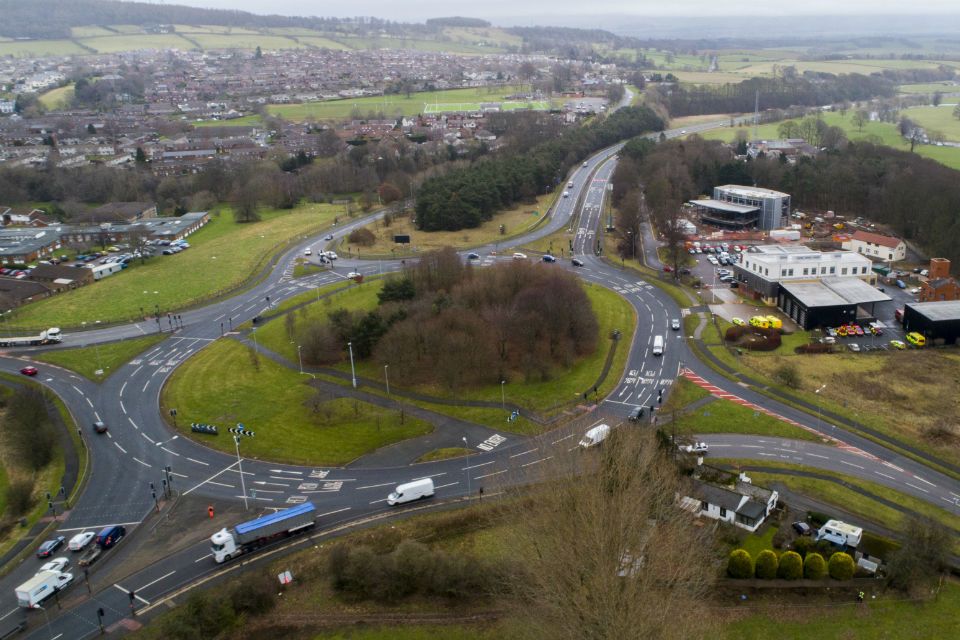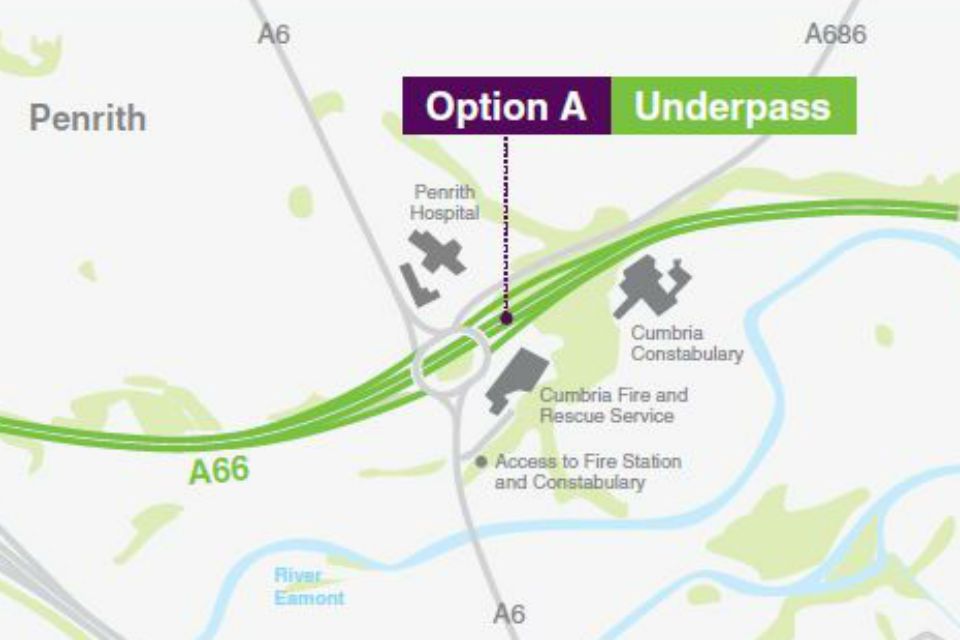The Pennine mountain range runs down the middle of the UK, earning it the nickname the ‘Backbone of England’, but crossing it by road has always been slow, which is why a new £1bn (US$1.2bn) transformation of the A66 is so significant for the nation, with the official preferred route now announced.
The A66 is both a nationally important road, linking the M6 at Penrith in Cumbria with the A1(M) at Scotch Corner in North Yorkshire, and a key regional route. As well as benefiting local people the upgrade will support tourism and freight traffic, improving connections between ports in Scotland and Northern Ireland and those in England at Hull and Felixstowe.
The proposals announced are the most popular options among people responding in last year’s huge public consultation. They include five new bypasses, key junction improvements and an underpass at the congested Kemplay Bank roundabout near Penrith.


“As we gradually reopen our society, we want to ensure communities across the North are able to benefit from smoother, safe, better connected journeys,” says UK Transport Secretary Grant Shapps. “Upgrading this vital national link will not only level up infrastructure in the region but will deliver benefits up and down the country – supporting tourism and movement between our key ports.”
“We are delighted more than 92% of people backed the idea of completing the dualling of the A66,” says
Highways England’s senior project manager Matt Townsend. “Since the consultation ended 10 months ago, we have carefully considered all the public responses. We have revisited issues such as the environmental impact of each option, how we can re-connect communities currently separated by the existing road and how to improve the route for pedestrians and cyclists.

“The options we have revealed today are the ones we want to take forward into construction, but they were also the most popular among people who responded in the consultation.
“We feel the proposals reflect ours and the government’s vision of a Northern Trans-Pennine route fit for the rest of the century. They also reflect the aspirations of the majority of people, including a diverse range of interest groups, who engaged with us in many months of discussion or gave us their views during the consultation.”
All of the villages being bypassed will benefit from the removal of high volumes of traffic, including HGVs, from the existing road as well as improved community connectivity. Pedestrians, cyclists, and horse riders will also benefit from the upgrade which will reduce collisions, competition from other vehicles and associated congestion along one of the most important commercial routes in the north of the UK.
In every case, the chosen option was the most popular among the 857 respondents. The consultation involved more than a dozen events held along the route between May and July of last year and attended by 2,333 people. In all, almost 93% of people backed the overall dualling plan.
All the preferred options will now go into a period of further analysis, development and design before a second public consultation and scrutiny period next year.
Highways England also revealed today that the £45 million design contract for the project, put out to tender in October, had been awarded to Amey Consulting in collaboration with Arup.
Further information on the project can be found on the project webpage





